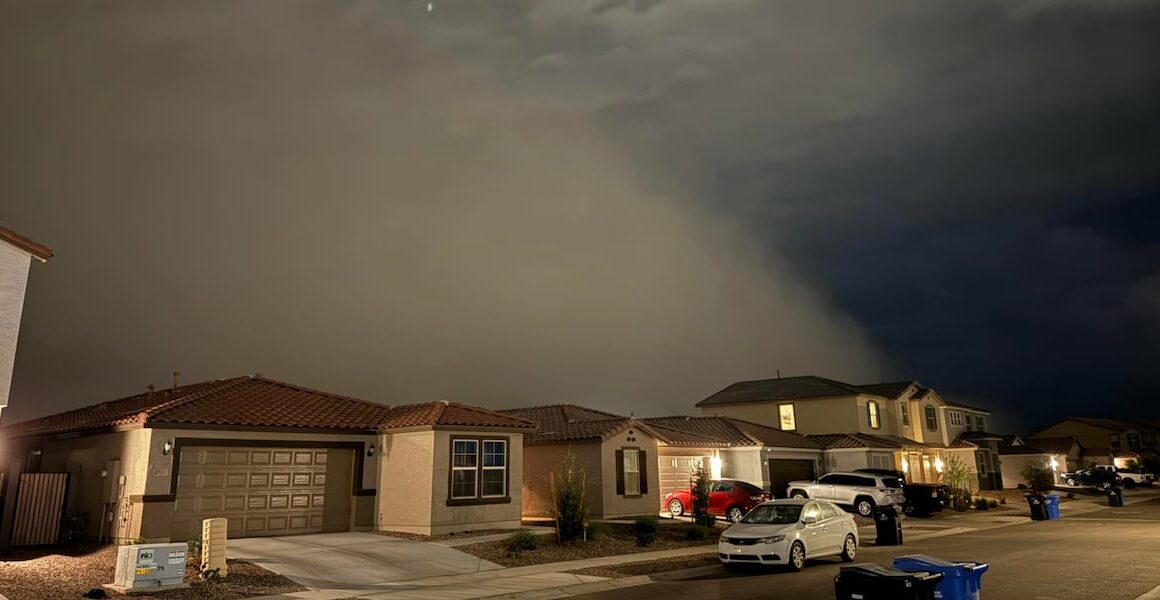Yellowstone’s New Steaming Spectacle: A Tourist Magnet?
Yellowstone National Park, a realm of geothermal wonders, is currently showcasing a novel attraction: a thermal vent emitting steam skyward. While Yellowstone is renowned for its geysers, hot springs, and mud pots, this new vent is capturing attention primarily due to its roadside visibility. Unlike hidden marvels, it’s accessible to tourists when the park’s roads reopen in April, offering a unique spectacle from a designated pullout. This begs the question: What makes this steam vent so special, and why is it garnering so much buzz? The answer lies in its accessibility and the inherent allure of witnessing something new in a landscape defined by constant geological activity.
Located approximately a mile north of the Norris Geyser Basin, the vent was first observed by scientists last summer. Their investigation led them through a marsh to measure the 171-degree (77-degree Celsius) steam emanating from the base of a wooded hill. The presence of a thin layer of gray mud confirmed the vent’s recent emergence, as detailed in a report by the Yellowstone Volcano Observatory, which is under the supervision of the U.S. Geological Survey. This discovery raises intriguing questions about the dynamic nature of Yellowstone’s thermal landscape. How do these vents form? What factors influence their activity, and what does their presence tell us about the underlying geological processes at play?
According to Mike Poland, the scientist in charge of the observatory, the formation and alteration of such features are commonplace in Yellowstone. He stated that the vent itself isn’t unusual, but its visibility is what sets it apart. “The feature itself is new. That there would be a new feature is, you know, mundane,” he said. “The noteworthy part … was just that it was so noticeable. But the sort of overall idea that there would be a new feature that formed is pretty normal.” This statement highlights the constant state of flux within Yellowstone’s geothermal ecosystem. While grand eruptions capture headlines, the subtle emergence and disappearance of thermal features are the park’s everyday reality.
The Science Behind the Steam: Unveiling Yellowstone’s Geothermal Dynamics
The new steam plume is situated within a 200-foot (60-meter) area of warm ground, seemingly connected to a hot water feature that surfaced 700 feet (215 meters) away in 2003. This connection suggests a network of subterranean pathways through which heated water and steam travel. As geologists continue to monitor the vent, they face the challenge of predicting its long-term behavior. Will it remain visible throughout the summer, or will it be obscured by water accumulation? Only time will tell.
Yellowstone’s geological changes always pique interest, given the park’s location above a volcano responsible for massive eruptions in the distant past. While the volcano hasn’t experienced a lava eruption in 70,000 years or a major eruption in 631,000 years, its presence remains a constant reminder of the immense forces at play beneath the surface. The volcano’s magma chamber, situated 5 to 10 miles (8 to 16 kilometers) below, heats the underground water that manifests as the park’s renowned hydrothermal features. It’s important to note that only 10% to 30% of the chamber currently holds liquid magma.
Despite occasional dramatic events, such as a hydrothermal explosion last summer that sent tourists scrambling, geologists emphasize that there are no indications of an imminent volcanic eruption. Yellowstone’s thermal features are transient, with some appearing and disappearing over time. However, the park’s most iconic feature, Old Faithful Geyser, continues to perform reliably. This balance between change and consistency defines the essence of Yellowstone’s geothermal landscape.
Understanding the Significance: Why Yellowstone’s Geothermal Activity Matters
The frequent changes in Yellowstone’s thermal features are a testament to the park’s dynamic geological activity. These changes, while sometimes subtle, provide valuable insights into the processes shaping the landscape. The emergence of a new steam vent, for instance, can offer clues about shifts in underground water flow, temperature gradients, and the overall health of the geothermal system.
The park’s thermal features are not merely geological curiosities; they also support unique ecosystems. Thermophiles, microorganisms that thrive in extreme heat, flourish in the hot springs and geysers, forming vibrant microbial mats and contributing to the park’s biodiversity. Understanding the relationship between geological activity and biological life is crucial for effective conservation efforts.
The new steam vent serves as a reminder of the power and unpredictability of nature. While it poses no immediate threat, it underscores the importance of ongoing monitoring and research to better understand Yellowstone’s complex geothermal system. By studying these features, scientists can gain valuable knowledge about volcanic processes and assess potential hazards.
Yellowstone’s Enduring Appeal: A Symphony of Fire and Water
Yellowstone National Park’s allure stems from its unique blend of geological wonders, abundant wildlife, and breathtaking scenery. The park’s hydrothermal features, including geysers, hot springs, and mud pots, are a constant source of fascination, drawing visitors from around the globe. The presence of a new steam vent adds another layer of intrigue to this already captivating landscape.
While the new vent may not be as dramatic as Old Faithful Geyser or the Grand Prismatic Spring, it exemplifies the park’s dynamic nature. The constant changes in Yellowstone’s thermal landscape are a testament to the powerful forces at play beneath the surface. These changes, while sometimes subtle, provide valuable insights into the processes shaping the landscape and supporting unique ecosystems.
Yellowstone National Park is more than just a collection of geological features; it’s a living laboratory where scientists can study volcanic processes, hydrothermal systems, and the interactions between geology and biology. The park also serves as a reminder of the power and unpredictability of nature, urging us to appreciate and protect this extraordinary environment. Whether it’s the iconic Old Faithful or a newly formed steam vent, Yellowstone continues to inspire awe and wonder, solidifying its place as one of the world’s most treasured natural wonders. The park’s ongoing story is a testament to the Earth’s dynamic processes, a story written in steam, water, and stone, waiting to be discovered with each new visit.












